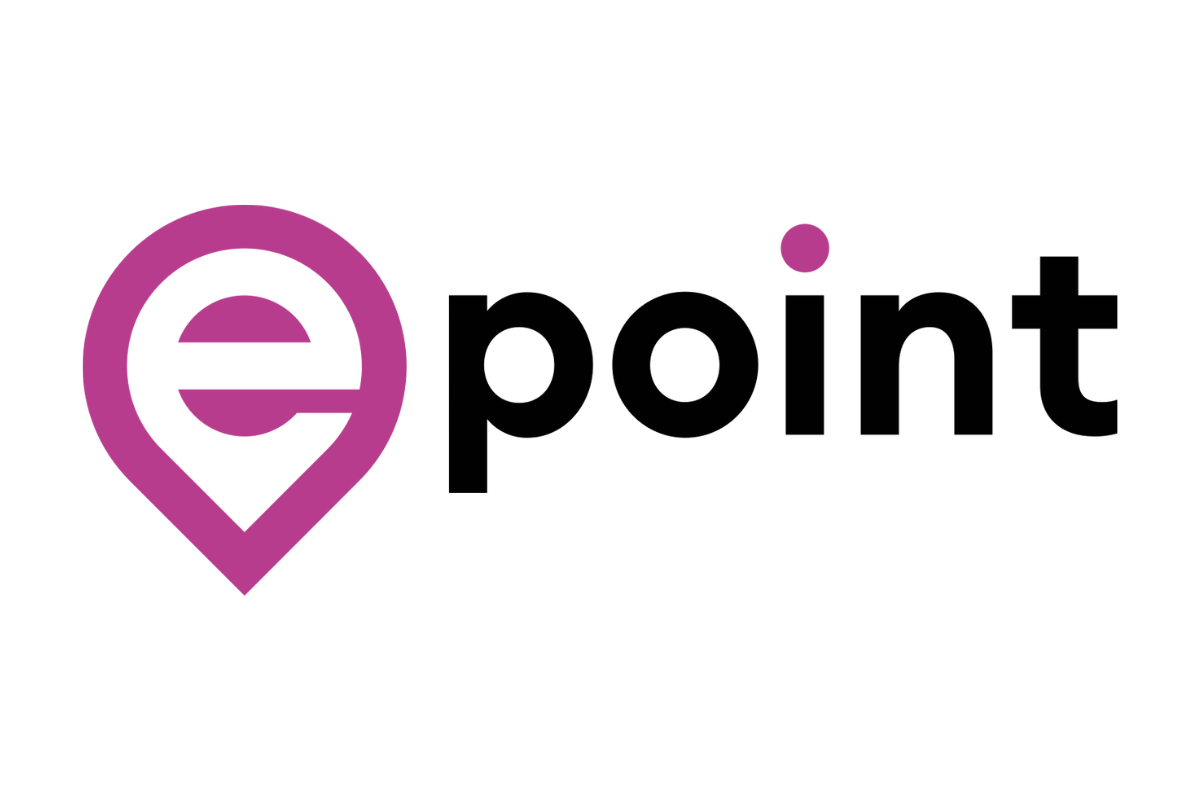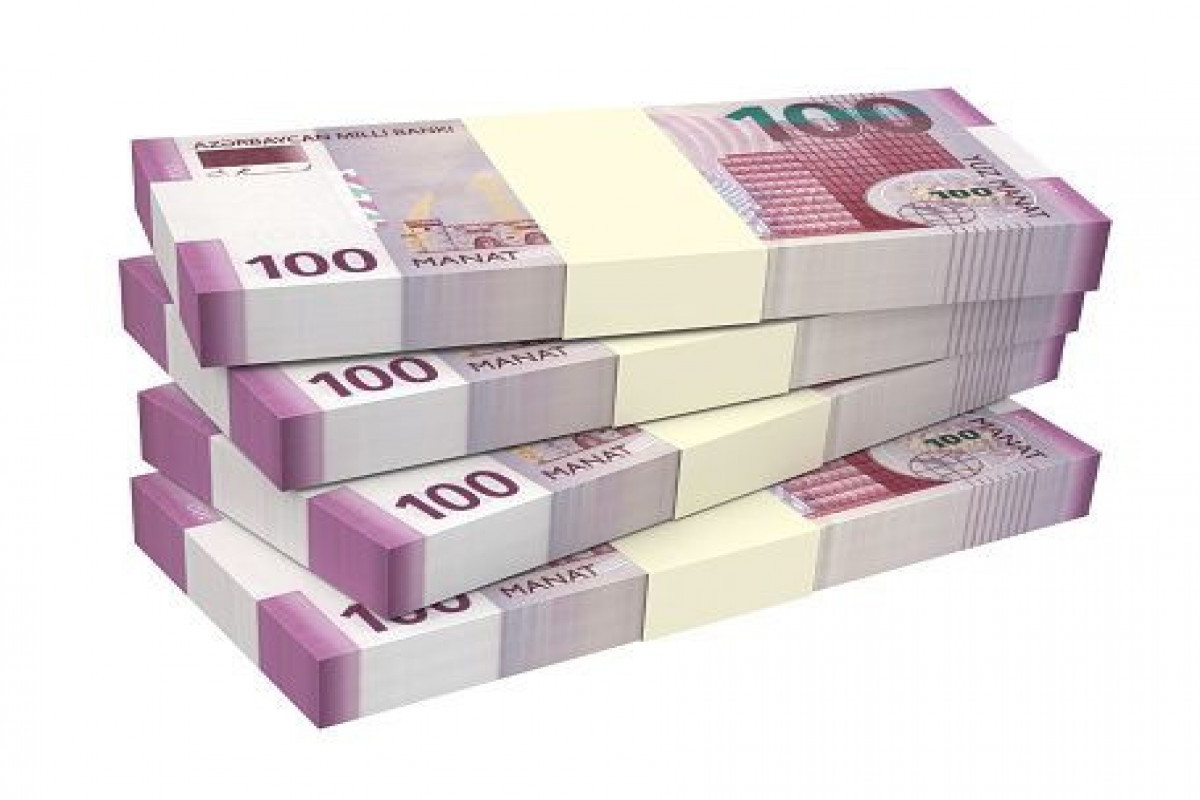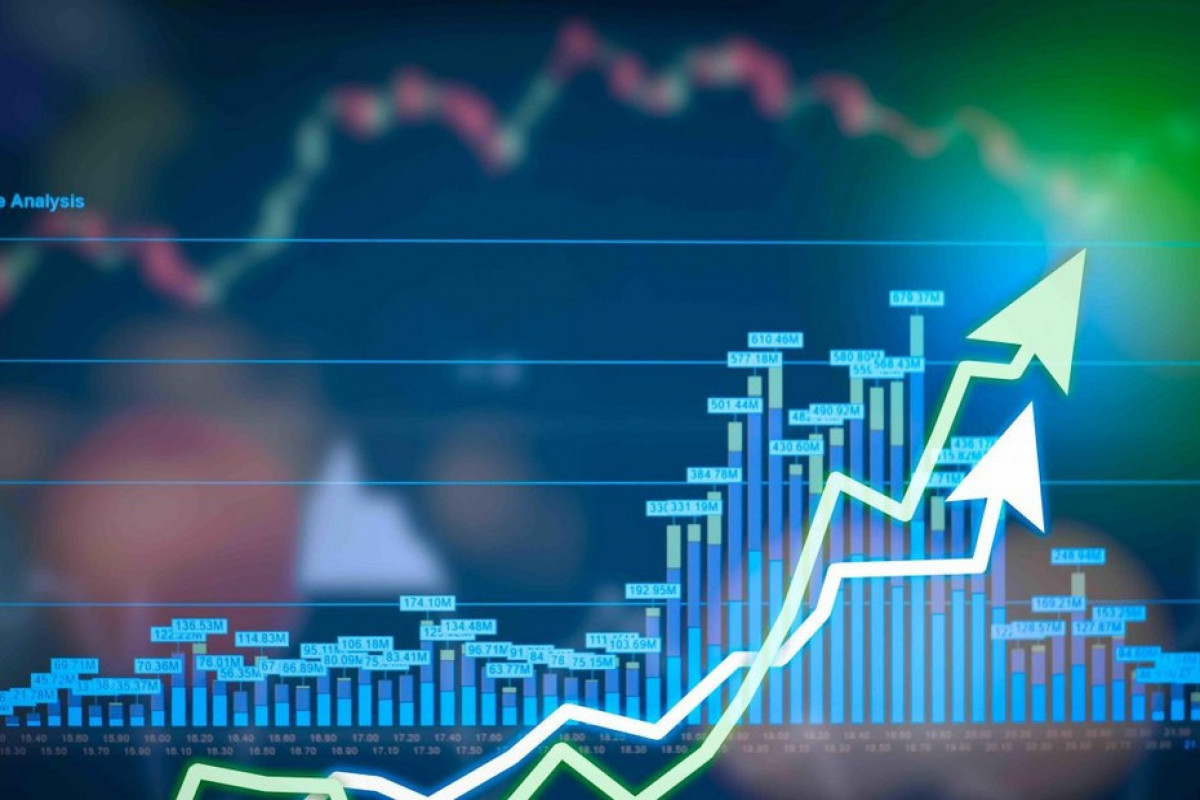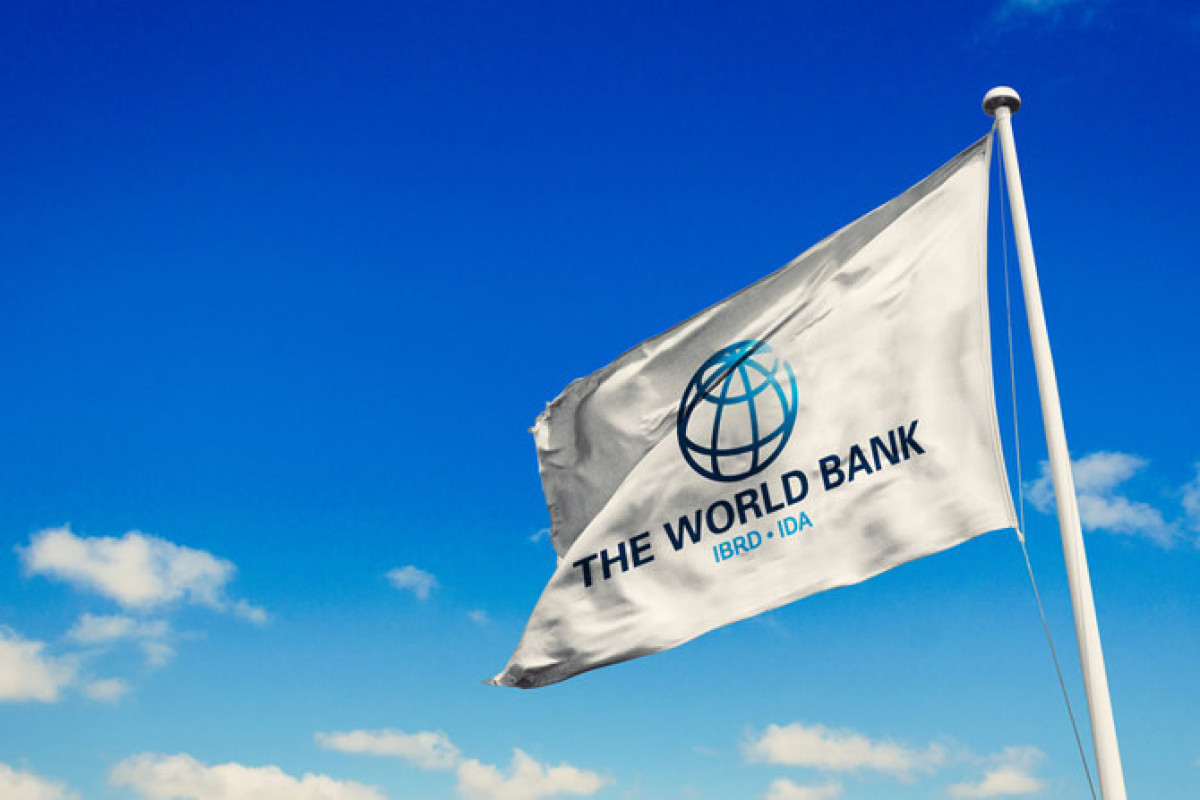On Jan. 21, 2022, S&P Global Ratings affirmed its long- and short-term foreign and local currency sovereign credit ratings on Azerbaijan at 'BB+/B', APA reports.
The outlook is stable.
The stable outlook indicates that we expect the ceasefire agreement between Azerbaijan, Armenia, and Russia will continue to broadly hold, while favorable hydrocarbon prices and rising gas exports will support Azerbaijan's fiscal and balance of payments positions over the next 12 months.
Of the sovereigns we rate in the 'BB' category, we consider Azerbaijan's fiscal and external stock positions to be among the strongest. The government has accumulated substantial liquid assets, mainly within the sovereign wealth fund SOFAZ. We forecast that the government will have access to liquid assets of close to 70% of GDP through 2025, and that general government debt will remain below 30% of GDP. Currently favorable oil prices also support Azerbaijan's fiscal and balance of payments profiles.
Our ratings on Azerbaijan remain constrained by weak institutional effectiveness, the country's narrow and concentrated economic base, and limited monetary policy flexibility.
Institutional and economic profile: Stronger short-term growth performance but the economy is facing a long-term structural decline in oil production.
We forecast Azerbaijan's economy to grow by 2.7% in 2022 following a strong 5.6% recovery in 2021.
However, medium-term growth prospects are weaker as oil production is declining due to ageing oil fields, while rising gas exports will likely only partially offset this trend. We forecast average annual growth at a modest 1.3% over 2023-2025.
Azerbaijan's institutional environment remains relatively weak and political power is centralized around the presidential administration.
Azerbaijan's economy depends significantly on the hydrocarbon sector, which is currently benefiting from favorable global oil prices. Oil and gas constitute almost 90% of exports and amount to 50% of Azerbaijan's GDP. The Brent oil price averaged $71 per barrel (/bbl) in 2021 (up from $43/bbl in 2020) and we project that it will average $75/bbl in 2022 (see "S&P Global Ratings Revises Oil And Natural Gas Price Assumptions For 2022-2024," published Jan. 20, 2022), $65 in 2023, and $55 in 2024-2025. In parallel, the OPEC+ group of countries (of which Azerbaijan is a member) agreed in July 2021 to add 400,000 barrels per day (bpd) of additional oil production to the market every month, of which Azerbaijan can produce around 7,000 bpd.
In our view, the present environment will benefit Azerbaijan's economic, fiscal, and balance-of-payments performance. The longer-term outlook, however, appears less favorable. Azerbaijan is one of the oldest oil producers in the world, and where industrial oil production started in the 19th century. Existing oilfields are ageing and exhibit a continued decline in production. Between 2010 and 2021, for instance, oil production dropped by close to 30% from over 1 million bpd (mbpd) to an estimated 0.74 mbpd.
Azerbaijan has been producing at about 10% below its OPEC+ quotas for the past few months, highlighting the production constraints at its oil fields as well as maintenance taking place at the main ACG oilfield. Nevertheless, as OPEC+ oil production cuts continue to moderate, we project oil production in Azerbaijan to moderately rebound to 0.77 mbpd in 2022, although over the medium term we forecast oil production declining toward 0.75 mpbd by 2025. Sustaining or increasing it will require additional investments at the existing oil fields, and it is unclear whether those will take place.
In contrast to oil, the outlook is stronger for Azerbaijan's gas sector. Production at the new Shah Deniz II gas field commenced in 2018 and the two related pipelines, TANAP and TAP, carrying the gas to Turkey and Europe respectively, became operational in 2019-2020. Consequently, between 2017 and 2021, Azerbaijan's gas production rose by an estimated 73% and is set to rise by a further 20% through 2025, according to official plans.
Nevertheless, even considering this recent production ramp-up, gas exports will play a relatively modest role in Azerbaijan's economy, accounting for about 20% of hydrocarbon exports compared with oil's contribution of close to 80% over the medium term. Additionally, although spot European gas prices have hit record highs, Azerbaijan will benefit from this only partially because most of its contracts are long term, with prices linked to oil.
Beyond the oil sector, we consider that the omicron COVID-19 wave could pose risks for Azerbaijan. Azerbaijan is a frontrunner within the post-Soviet Union space in terms of vaccination efforts, but the rate is still comparatively low in a global context, with only 50% of the population having received at least one dose of the vaccine. That said, we do not expect a return to restrictive lockdowns and containment measures, and we anticipate that the non-oil economy will continue recovering in 2022.
Overall, we project economic growth at 2.7% for 2022 following a 5.6% rebound in 2021, which mostly reflects an increase in gas production, discontinuation of OPEC+ cuts, and a recovery of the non-oil sector which grew by 7.2% in 2021. Beyond that, we expect growth will average just over 1% over 2023-2025 as new gas capacity compensates only partially for the gradual oil sector decline.
In our opinion, Azerbaijan's institutions remain relatively weak. They are characterized by highly centralized decision making and lack transparency, which can make policy responses difficult to predict. Political power remains concentrated with the president and his administration, and there are limited checks and balances. In our view, structural reform and economic diversification efforts in recent years have yielded only limited results.
Following a six-week-long war in Nagorno-Karabakh that broke out in late September 2020, Azerbaijan and Armenia agreed to a ceasefire, brokered by Russia, that took effect on Nov. 10, 2020. Our baseline expectation is that the ceasefire will hold, supported by Russia's peacekeeping operations. That said, several ceasefire violations and skirmishes took place at the border over the past few months.
Flexibility and performance profile: Sizable assets accumulated within the sovereign wealth fund are a key support to the sovereign ratings
We project Azerbaijan will post 3% of GDP general government and 10.8% of GDP current account surpluses in 2022, after estimated twin surpluses in 2021.
We expect Azerbaijan will retain an average general government net asset position of close to 48% of GDP through 2025.
Monetary policy effectiveness remains limited, constrained by the central bank's limited operational independence, elevated dollarization, and underdeveloped local currency capital markets.
Based on our 2022 Brent oil price forecast of $75/bbl and projected 4% increase in oil production to an average of 0.77 mbpd as OPEC+ cuts moderate, we expect the current account will post a surplus of 10.8% of GDP in 2022, following an estimated 10% of GDP surplus in 2021. The launch of the SDII gas project back in 2018 and its further expansion over the next three-to-four years should support Azerbaijan's external performance. However, this is offset over the medium term in our projections by declining oil production, while imports rebound as domestic consumption recovers and the authorities deliver on planned reconstruction activities in Nagorno-Karabakh. Combined with our assumption that oil prices will decline to $55 in 2024, remaining at the same level in the subsequent years, Azerbaijan's current account surpluses will turn into deficits toward the end of the four-year forecast horizon.
Nevertheless, Azerbaijan's strong external stock position will remain a core rating strength, reinforced by the large amount of foreign assets accumulated in SOFAZ. We estimate that external liquid assets will surpass external debt through 2025. Although Azerbaijan remains vulnerable to potential terms-of-trade volatility, we consider that its large net external asset position will serve as a buffer that could mitigate the potential adverse effects of economic cycles on domestic economic development.
Azerbaijan's fiscal asset position remains strong, mirroring its external position and supporting the sovereign rating. Despite the budgeted 2021 deficit, we estimate that Azerbaijan posted a full-year general government surplus of 4% of GDP. In 2021, the general government balance improved as terms of trade proved more favorable than in 2020, while expenditure was under-executed--a frequent occurrence in Azerbaijan. We forecast a 3% of GDP surplus for 2022 followed by modest deficits from 2024, with fiscal performance supported by returns on the existing SOFAZ asset portfolio.
Consequently, the net general government asset position will remain about 50% of GDP through 2025. In calculating net general government debt, we take into account our estimate of SOFAZ's external liquid assets. We exclude about 20% of 2021 GDP equivalent of exposures that we consider harder to liquidate quickly if needed, such as the fund's domestic investments and certain equity exposures abroad. Azerbaijan is far more transparent than many of its peers (such as those in the Gulf Cooperation Council) with regards to the composition of the assets and size of the sovereign wealth fund. For example, SOFAZ publishes detailed audited annual reports with granular information on the categories of investments held by the fund.
The government owns a majority of the International Bank of Azerbaijan (IBA) and in 2017 restructured the bank and directly assumed some of its debt. The government has also transferred the bank's nonperforming loans, at a book value of about Azerbaijani manat (AZN) 10 billion, to AqrarKredit, a state-owned nonbanking credit organization funded by the Central Bank of Azerbaijan (CBA), with a sovereign guarantee. We include AqrarKredit's sovereign guaranteed loans of AZN9.5 billion in general government debt. IBA still has an open currency position of about $0.3 billion, but this has substantially reduced from $1.9 billion in 2017. In our view, most of the risks to the sovereign from the weak banking system have already materialized; therefore, we see additional contingent liabilities from this source as limited.
We assume Azerbaijan will retain the manat's de facto peg to the U.S. dollar at AZN1.7 to $1, supported by the authorities' regular interventions in the foreign currency market. Nevertheless, in our view, should hydrocarbon prices drop sharply and remain low for a prolonged period, the authorities could consider allowing the exchange rate to adjust. This would help avoid a substantial loss of foreign currency buffers similar to that experienced by the central bank in 2015.
We understand that there are discussions between the central banks of Azerbaijan and Turkey with a plan for the CBA to provide a swap line to the Central Bank of Turkey (CBRT) to help bolster the CBRT's foreign exchange reserves. Although there are no specific details available so far, we view the possible transaction as largely politically motivated and do not expect it to prove a material drain on CBA's international reserves.
Azerbaijan's inflation exceeded our previous forecasts, reaching an annual average of 6.7% in 2021; this was the highest level since 2016-2017, when prices rose significantly following the 2015 manat devaluation. The current upward price pressures, similar to those of other countries, are driven by the effects of post-pandemic reopening, food price inflation, and some administrative price increases, including for domestic energy. We forecast inflation will average 6.5% in 2022 before gradually subsiding to 3% through 2025.






